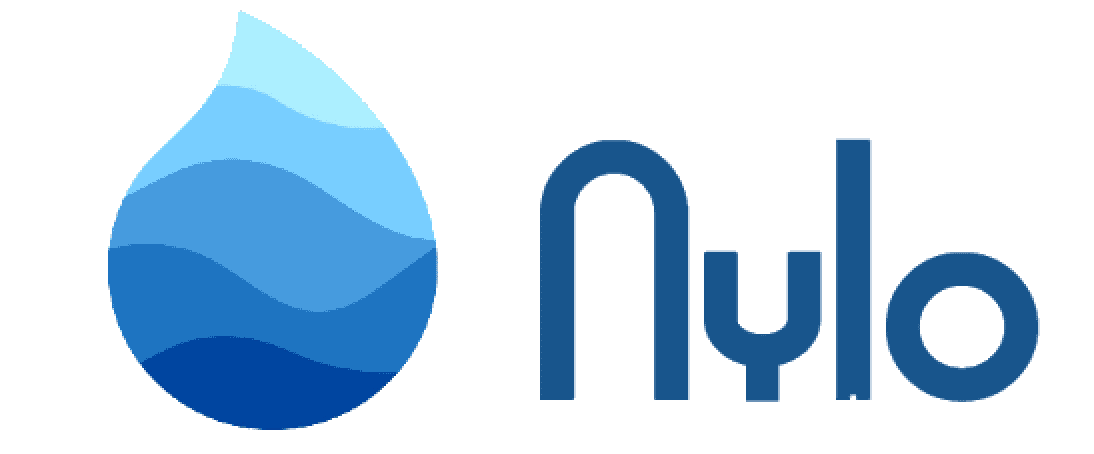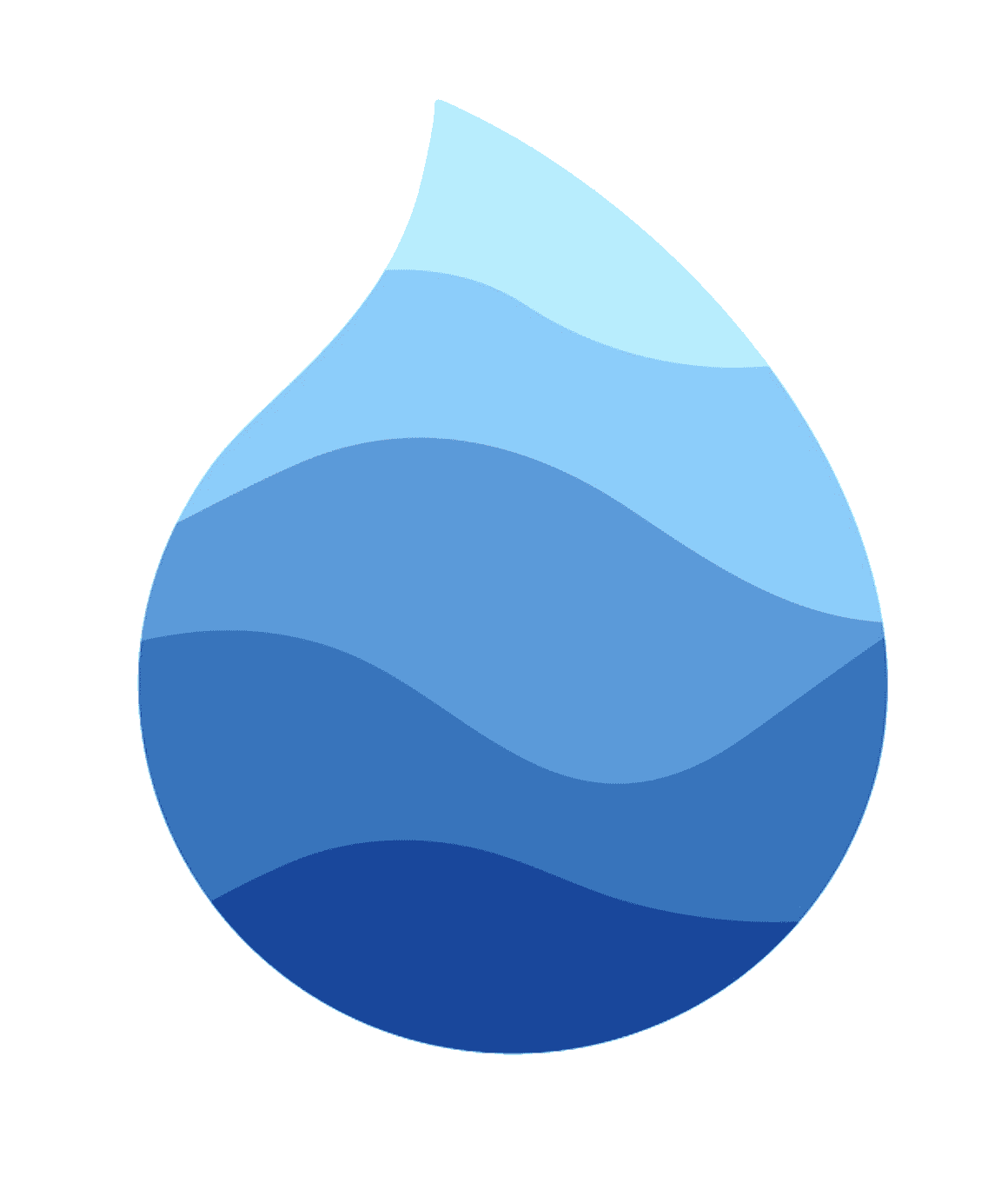Controllers
Introduction
Before starting, let's go over what a controller is for those new.
Here's a quick summary from tutorialspoint.com.
The Controller is responsible for controlling the application logic and acts as the coordinator between the View and the Model. The Controller receives an input from the users via the View, then processes the user's data with the help of Model and passes the results back to the View.
Controller with services
...
class HomeController extends Controller {
AnalyticsService analyticsService;
NotificationService notificationService;
@override
construct(BuildContext context) {
// example services
analyticsService = AnalyticsService();
notificationService = NotificationService();
}
bool sendMessage(String message) async {
bool success = await this.notificationService.sendMessage(message);
if (success == false) {
this.analyticsService.sendError("failed to send message");
}
return success;
}
onTapDocumentation() {
launch("https://nylo.dev/docs");
}
...
class _MyHomePageState extends NyState<MyHomePage> {
...
MaterialButton(
child: Text("Documentation"),
onPressed: widget.controller.onTapDocumentation, // call the action
),
If your widget has a controller, you can use widget.controller to access its properties.
You can use dart run nylo_framework:main make:page account --controller command to create a new page and controller automatically for you.
Creating pages and controllers
You can use the Metro CLI tool to create your pages & controllers automatically.
dart run nylo_framework:main make:page dashboard_page --controller
// or
dart run nylo_framework:main make:page dashboard_page -c
This will create a new controller in your app/controllers directory and a page in your resources/pages directory.
Or you can create a single controller using the below command.
dart run nylo_framework:main make:controller profile_controller
Retrieving arguments from routes
If you need to pass data from one widget to another, you can send the data using Navigator class or use the routeTo helper.
// Send an object to another page
User user = new User();
user.firstName = 'Anthony';
routeTo(ProfilePage.path, data: user);
When we navigate to the 'Profile' page, we can call data() to get the data from the previous page.
...
class _ProfilePageState extends NyState<ProfilePage> {
@override
init() async {
super.init();
dynamic data = widget.data(); // data passed from previous page
User user = data;
print(user.firstName); // Anthony
}
The routeTo(String routeName, data: dynamic) data parameter accepts dynamic types so you can cast the object after it’s returned.
Using controllers
In your page, you can access the controller using widget.controller.
Your controller must added to the NyStatefulWidget class like in the below example:
NyStatefulWidget<HomeController>
import 'package:nylo_framework/nylo_framework.dart';
import '/app/controllers/my_controller.dart';
class HomePage extends NyStatefulWidget<HomeController> {
static const path = '/home';
HomePage() : super(path, child: _HomePageState());
}
class _HomePageState extends NyState<HomePage> {
// init - called when the page is created
init() async {
// access the controller
widget.controller.data(); // data passed from a previous page
widget.controller.queryParameters(); // query parameters passed from a previous page
}
@override
Widget view(BuildContext context) {
return Scaffold(
appBar: AppBar(
title: Text("My Page"),
),
body: Column(
children: [
Text("My Page").onTap(() {
// call an action from that controller
widget.controller.doSomething();
}),
TextField(
controller: widget.controller.myController,
// access the controller's properties
),
],
)
);
}
}
Controller Decoders
In Nylo your project will contain a config/decoders.dart file.
Inside this file there is a variable named controllers which is a map of all your controllers.
import 'package:nylo_framework/nylo_framework.dart';
...
final Map<Type, BaseController> controllers = {
HomeController: () => HomeController(),
MyNewController: () => MyNewController(), // new controller
// ...
};
Singleton controller
You can use the singleton property in your controller to make it a singleton.
import 'package:nylo_framework/nylo_framework.dart';
class HomeController extends Controller {
@override
bool get singleton => true;
...
This will make sure that the controller is only created once and will be reused throughout the app.

